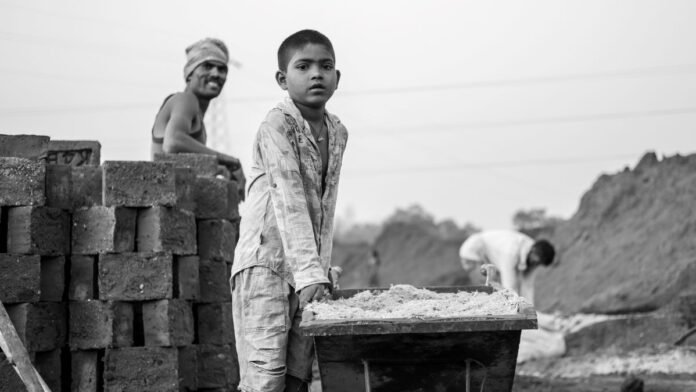Saptrishi Soni:
India often appears on the global stage as a country in motion—a nation of space missions, thriving startups, and technological prowess. But beneath that narrative of rising ambition lies a haunting contradiction that continues to define everyday life for millions. In modern India, faith can compel people to drink urine as a holy offering from spiritual gurus, while caste dictates that an individual born into a marginalized community cannot drink from the same water pot as someone from a so-called “higher” caste. This is not merely anecdotal—it reflects systemic, widespread social conditioning rooted in centuries of hierarchy and spiritual manipulation.
Caste in India is a rigid social order based on birth, officially outlawed but unofficially preserved. It determines everything from occupation and education to social interactions and marriage prospects. While the Indian constitution promises equality, the lived experience for Dalits—those historically considered “untouchable”—often tells a very different story. In many rural parts of the country, Dalits are still barred from temples, made to use separate water sources, and subjected to violence for perceived transgressions against caste norms. The contradiction is stark: a society that embraces superstition under the guise of faith, yet recoils at the idea of sharing water with a fellow human being because of their birth.
Religion and spirituality in India are often intertwined with social power structures. Self-proclaimed godmen hold sway over millions, encouraging rituals that defy logic but are accepted in the name of devotion. Meanwhile, caste-based discrimination persists silently, often ignored by the same institutions that glorify these religious practices. This duality—of extreme reverence and extreme exclusion—forms a dangerous loop, where rationality is sacrificed and social inequality is sanctified.
This systemic discrimination has profound psychological and economic consequences. For generations, Dalits have been denied quality education, healthcare, and economic mobility. The internalization of inferiority, combined with the external reinforcement of exclusion, leads to cycles of poverty, mental trauma, and social alienation. It’s not just a matter of human rights—it’s a development issue, a justice issue, and a moral crisis.
Media, politics, and even education systems have failed to meaningfully confront this issue. The Indian media often sidelines stories of caste violence. Political parties exploit caste for vote banks but rarely challenge the social order. And classrooms, instead of fostering equality, often become breeding grounds for prejudice.
For international audiences, the issue is not just about India’s internal contradictions—it reflects how global modernity can coexist with deeply entrenched inequities. It challenges the idea that technological progress naturally leads to social enlightenment. And it forces us to ask: what is the true measure of development?
As the world watches India rise, it must also pay attention to the people it leaves behind. Progress, to be meaningful, must be inclusive. And faith, to be humane, must stand for dignity—not dogma.




